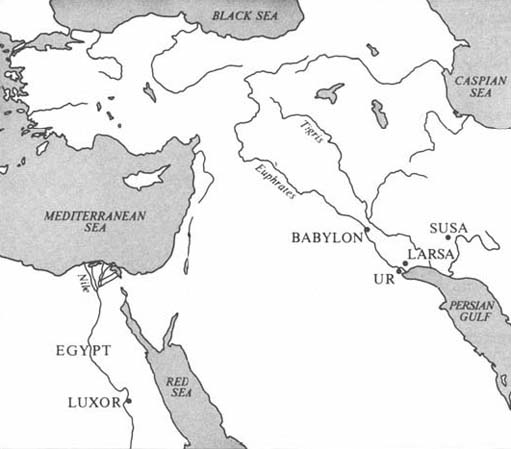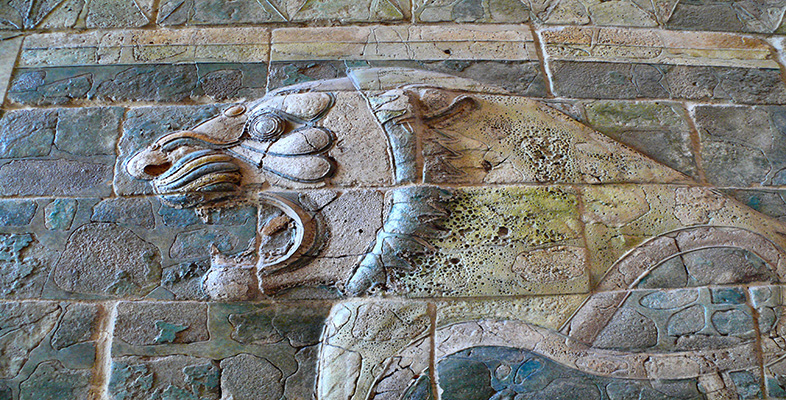1 Babylonian mathematics
In Mesopotamia, the scribes of Babylon and the other big cities were impressing on clay tablets economic and administrative records, literary, religious and scientific works, word-lists, and mathematical problems and tables. Nearly all of the texts that give us our fullest understanding of Babylonian mathematics—indeed, of any mathematics before the Greeks—date from about 1800—1600 BC. During this period, King Hammurabi unified Mesopotamia out of a rabble of small city-states into an empire whose capital was Babylon, which was on the river Euphrates sixty miles south of present-day Baghdad. It is in this area, the valley of the two rivers Euphrates and Tigris which lead into the Persian Gulf, that there is the most ancient evidence for writing, some 1500–2000 years earlier still (see Figure 1).

By the middle of the third millennium BC, the writing style had evolved into the highly abstract and unrepresentational cuneiform (‘wedge-shaped’) script. This script, which was used initially for writing down words in the Sumerian language, was later also adopted by neighbouring peoples. All of the Babylonian tablets are written in Akkadian, a Semitic language quite different from Sumerian, although some mathematical tablets do use a few Sumerian words.
